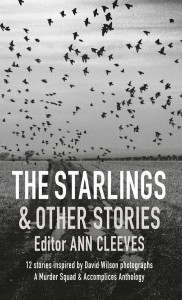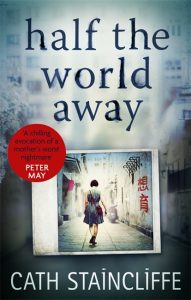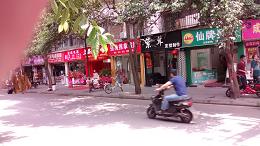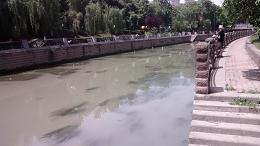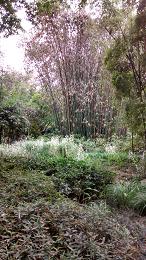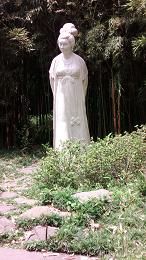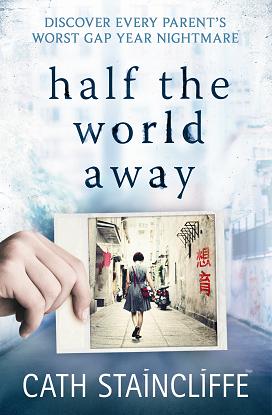It was thirty-seven years later, prompted by having my own children, that I took the first step to finding out more about my background. I knew only that my mother was an unmarried Irish nurse who came over to Leeds to have me in secret. I had her surname, Ryan, my place and date of birth but nothing else. That first step was picking up a leaflet about the charity After Adoption. The very prospect of calling the number and setting anything in motion was so frightening that I put the leaflet in a drawer for a year. Finally in 1994 I went ahead, had a number of counselling sessions and obtained my adoption papers. Every nugget of information I found there was like a jewel, parts of my story. I learned her first name, Evelyn, that she was a twin, one of 12 children from ‘a good home’ in County Wexford. The social worker’s notes recommended she should be helped ‘for the sake of her brothers’, two of them were studying to be priests. Evelyn was charged for staying at the home, a bill itemised so many nights for her, so many for me. It would have been possible to trace her then, all too easily, but there was no way I was ready to face the possible rejection – a second rejection. Because however much I understood intellectually that it was impossible for her to keep me in those times, in that community, that she could have been flung into one of the Magdalene laundries had she tried, on an emotional level I felt grief and anger that she had given me away. I did put myself on the contact register but there was no match. Deciding that I would only pursue the matter if the desire to know grew greater than my fears, I put everything away in a folder.
In 1996 I got a letter out of the blue from After Adoption saying my birth-mother and sister were looking for me and wanted to know if I’d be open to contact. My world turned upside down. I learnt I had seven full birth brothers and sisters, that our parents had gone on to marry and that my birth-father had died. He’d been the only person in the world apart from Evelyn who knew of my existence until she told my youngest sister Oonagh about me, in a throwaway remark. Once Oonagh got over the shock (and started speaking to Evelyn again) they determined to look for me, helped by another sister, Sarah.
I was reunited with my birth-mother in the Shelbourne Hotel in Dublin in 1997 and over the following months met all my siblings and their families. And my children got to know their new cousins.
The summer before my 50th birthday we had a family holiday in Wexford, and my birth-family threw a surprise (early) party for me. The biggest surprise of all were the other guests of honour: my mum and dad who had been flown over in secret to join the celebrations.
People urged me to write a book about it all but although I wanted to explore adoption I didn’t want to write an autobiography. I wanted to write more widely about people’s differing experiences of adoption and to look at the loss that affects all sides of the triangle. So I wrote a novel about three babies adopted in 1960, their stories and the stories of their birth and adoptive families up until the end of the century. It’s called Trio and you can get it on Kindle and also as a paperback direct from my website.
After Adoption can be contacted via their website.
